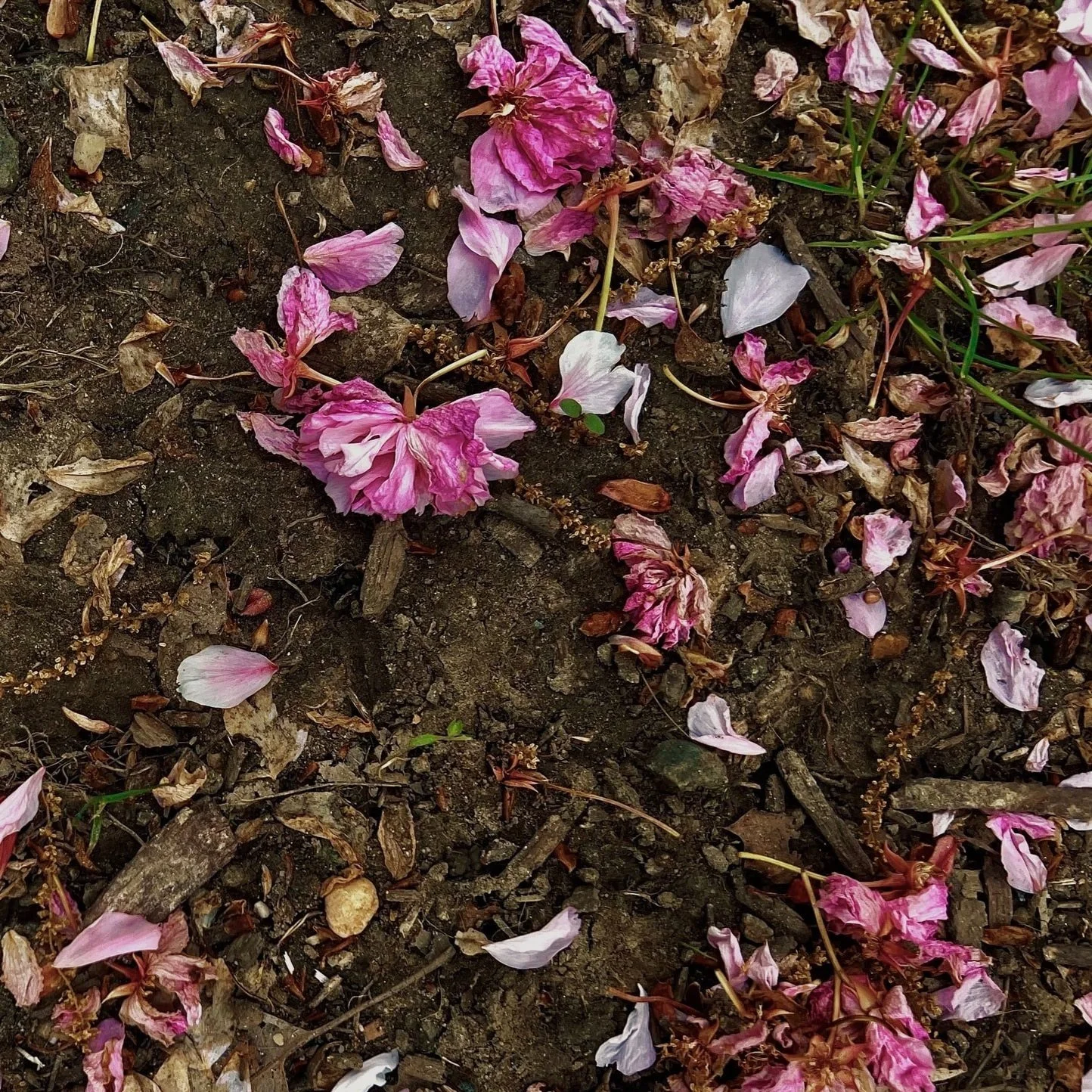Placenta Traditions, Legends & Beliefs
All around the world there are many traditions, legends and beliefs surrounding the sacredness of the placenta. This knowledge isn’t gained from a 10 minute pre-natal appointment or discussed in research papers but instead passed on by wise women, grandmothers to granddaughters and from one generation to the next. Empowering women with knowledge and choice is just as important in the postpartum as it is in pregnancy and leading up to birth. I’d like to discuss three common rituals chosen by new mothers still to this day, to empower you in your next postpartum journey. These rituals are placenta burial, lotus birth and cord burning.
Placenta Burial
Placenta burial appears to be the most common ritual followed throughout history. Still to this day in fact, many cultures choose to honour the placenta by burial. Some families opt to plant their child’s placenta directly in the earth, perhaps nourishing a tree above while other families follow the custom of placing the placenta in a clay pot or coconut shell before burial or setting it out to sea. Many cultures believe that burying the placenta with token items such as a paintbrush or books will ensure their child to flourish with artistic talent or a thirst for knowledge. It is also common to bury the placenta with a sacred prayer, wishes for the child’s future, food and flowers.
In some countries, various burial locations also have different meaning or superstitions. For example, in Native American Navajo culture, the grandmother is encouraged to bury the placenta in a special place that represents their dreams for the child. Costa Rican’s may wrap the placenta in paper and bury it with ashes to prevent infection and cramping in the new mother. In Cambodia a spiky plant tops the buried placenta as it is believed to protect the child from evil spirits.
As you can see, there is no right or wrong way to bury your child’s placenta. I truly feel that each family is unique and their way of honouring the placenta should also be their own. Whether we choose to follow cultural patterns or weave our own rituals, honouring our children’s placenta is a sacred process for all family members involved.
Lotus Birth
A birth where a child’s umbilical cord is left in-tact afterwards then left to dry out and separate in its own time is called a lotus birth. The placenta is kept in a breathable bag or bamboo streamer, preserved with salt and herbs to prevent any unpleasant smells over the following days. Lotus birth is abundant with spiritual and physical benefits for both mother and baby. Supported by the likes of Heng Ou in The First Forty Days, rest is paramount for a new mother after childbearing. While allowing for a slow and patient entrance to the new world, where the duo are required to rest together, a sacred space is formed within the home. Baby has time to fully descend into their body from the spirit world. A lotus birth also hosts the fullest benefits of delayed cord clamping as all the essential nutrients and blood are passed onto baby.
I believe lotus birth to be a truly magnificent act of tender patience. For a mother to commit to this sacred period of rest and honour the child / placenta bond in this way is really beautiful. As a placenta alchemist, the benefits of consuming the placenta are crucial to me. However, I love that a combination of the two rituals can be achieved by taking part of the placenta for consumption before rubbing the remains with salt and herbs.
Cord Burning
Burning the umbilical cord is a gentle act of separating baby from their placenta. This ritual is usually performed after a mother has birthed her placenta and her baby has initiated breast feeding. There is no need to use an uncomfortable plastic clamp as the flames work to cauterise the cord, sealing it without the risk of infection. Burning the umbilical cord may take anywhere from 10 to 15 minutes, with two flames recommended. As the warmth of the flame moves through the cord to the child, the life force (Qi) is said to move on from the placenta to baby. This concept of flowing Qi stems from a long rooted belief in traditional Chinese medicine.
As a mother myself, cord burning feels like a sacred ritual to really embrace the final stages of birth while enveloping family in a warm embrace of togetherness. The thought of older siblings helping mum and dad to welcome their newest addition into the world is heart warming. I feel that this ritual captures the “best of both” by honouring delayed cord separation whilst also being a safer option for home birth and free birth due to the reduction in infection risk.
See my previous journal post for more details on how to prepare for a cord burning ceremony.
So mumma, would you consider incorporating any of these placenta rituals into your next postpartum?
References
Lim, Robin. (2010) Placenta: the Forgotten Chakra. p 25, 30, 78, 84-85.
Ou, Heng. (2016) The First Forty Days: The Essential Art of Nourishing the New Mother.

